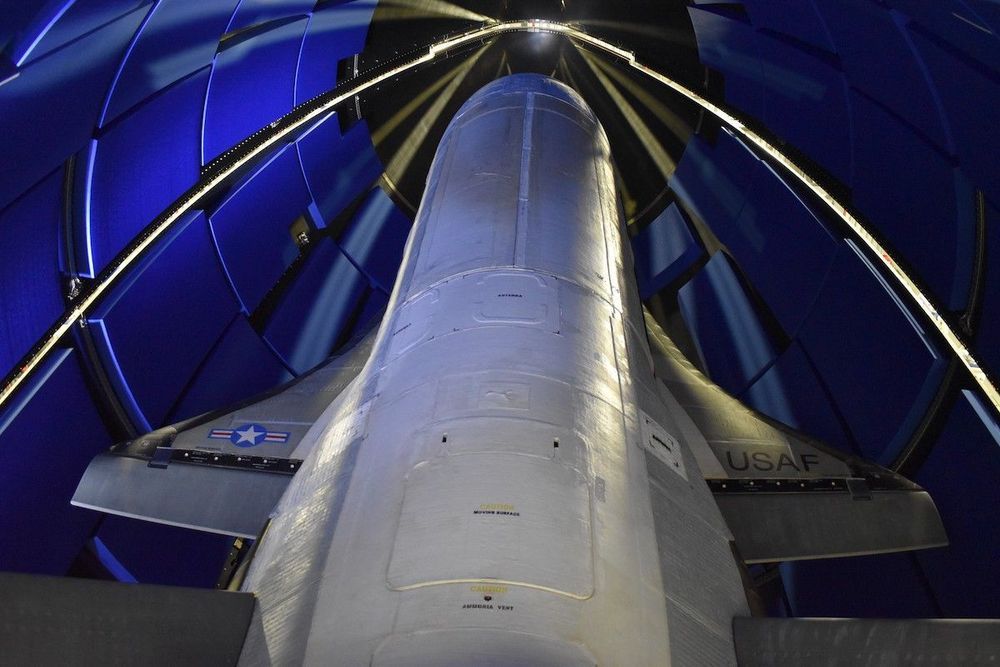What is supervised learning (+ regression, classification,…) :
This video was made possible by Brilliant. Be one of the first 200 people to sign up with this link and get 20% off your premium subscription with Brilliant.org! https://brilliant.org/futurology
Artificial intelligence, machine learning – these words lately have been used synonymously – but should they be?
In this third video in our artificial intelligence series and as for the purpose of this machine learning series, I’ll seek to answer that question, so sit back, relax and join me on an exploration into the field of machine learning!
Thank you to the patron(s) who supported this video ➤






